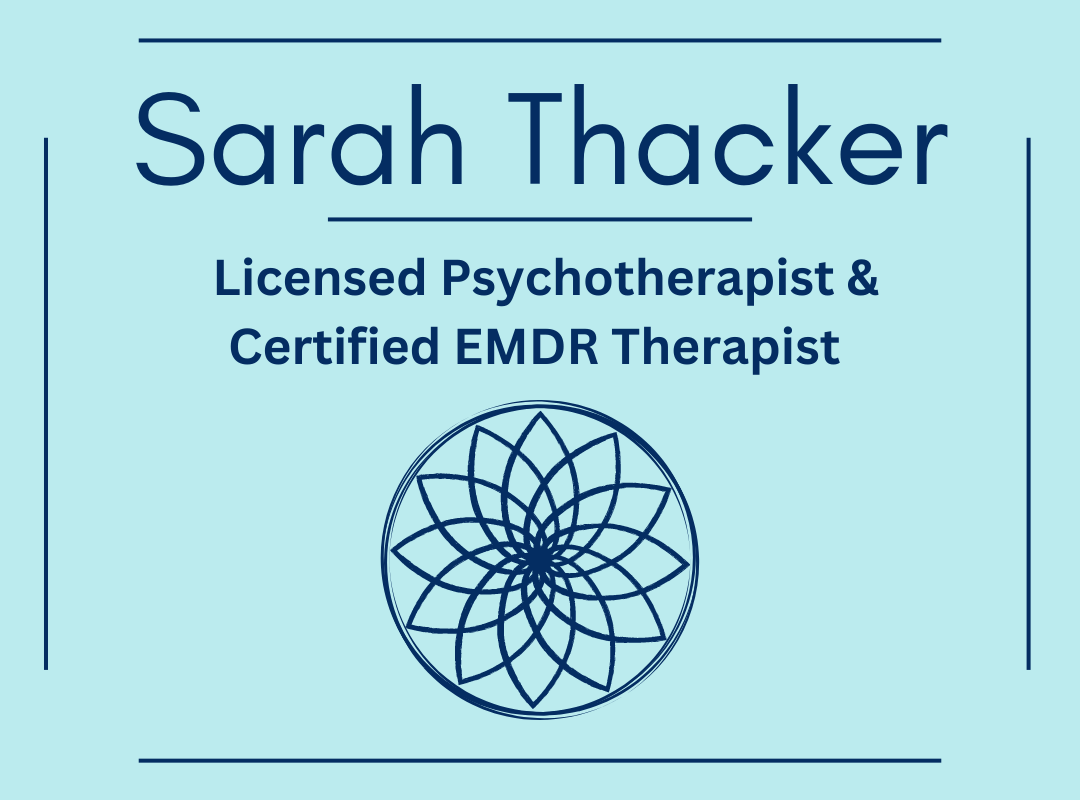“I do not at all understand the mystery of grace - only that it meets us where we are but does not leave us where it found us.” —Anne Lamott
The 10th and final step to create a life that you love is about graceful living and self-compassion through the growth process—which really is a lifelong process. With this final step, you may find that your goals shift and maybe even majorly change. Sometimes what you think you want dramatically changes when you are more engaged in the self-reflection and self-awareness process. With self-reflection it can come to light that what we think we want may really be what others have wanted for us—or what we think we should do rather than what we truly desire deep inside.
Currently a lot has changed with the COVID-19 virus impacting everyone all around the world. Have you noticed any shifts or changes from this significant shift in the way you work, commute, socialize and live your life? This is a helpful time to evaluate and re-evaluate your vision for your life, your goals and most importantly to focus on taking care of yourself.
Throughout this step there will be opportunities for evaluating and re-evaluating your personal change process. You want to ensure that you create a lifelong dedication to being true to your authentic self. Self-compassion and graceful living are at the core of this step. These are subtle and yet powerful shifts that solidify the benefits of the change process. They are rooted in mindfulness. How to be with yourself, how you treat yourself and care for yourself are essential to creating a life that you love. You spend a lot of time with you, and maybe at this time, more than ever before! When you are attempting to grow in self-leadership, you want to get along with, offer support to and care for yourself.
Living gracefully is being accepting, at ease and patient with life. Now if you are a total type-A person, that does not mean changing yourself at the core of who you are, that would not be living in authenticity. It does mean if you are type-A (a bit controlling, like things a certain way, impatient, maybe a little bossy?) that you could work to soften and create more grace towards yourself and others.
As you are engaging in the change process and feeling more grounded and empowered to live the life you want and a life that you love, it is helpful to re-evaluate where you are. As you reflect on how you got where you are, you can assess if this is in alignment with where you want to go. If you not, that’s ok! It’s better to know now. Life is short, but at the same time, life is a really long time to feel stuck and unfulfilled. It’s never too late to shift gears and create new goals and reimagine your vision—no matter what.
Self-compassion is an essential element to this process of personal growth and change. When you treat yourself with kindness you are more likely to extend that kindness outward and become resilient. There are three parts to the process of offering yourself compassion in times when you are struggling or feeling down on yourself. These three steps to self-compassion are:
1. Mindfulness- aligning with what is true right now. How are you feeling right now? Do not go into a judgmental space, just notice and allow yourself to be present with whatever is there.
2. Universality- reminding yourself that you are human! Remind yourself that at times everyone feels this way.
3. Kindness- say to yourself words that you would offer to a dear friend going through the exact same emotional experience or struggle.
Here’s an example to highlight the process of offering yourself self-compassion: I am upset with myself for not completing my desired action steps and not following through with my plan for this week. I am beating myself up inside and feeling inadequate and like a failure. Shifting into self-compassion, first I become mindful of my emotions and ask myself, what is true right now? Then I acknowledge how I am feeling, right now, which could be: I feel inadequate, I feel like a failure, I feel frustrated, sad and defeated. Then I offer myself the experience of feeling the universality of this experience: sometimes everyone feels this way, at times everyone feels disappointed in themselves, this is a common human experience. Then I offer myself kindness and consider what I might say to a friend experiencing the same circumstance: I am committed to my goals, I just got distracted last week and that’s ok, there’s A LOT going on in the world right now that feels out of control. This week I can plan and prepare to follow through. It’s also ok to not push myself so hard when there are additional stressors out of my control in life. How do you feel after reading that? Think of a time you were hard on yourself and practice these three steps to experience how it feels to offer yourself self-compassion in the present moment.
When you are stuck in the thought cycle of beating yourself up, you will most likely stay in the disappointed and defeated state for a much longer period of time. This does not build resilience. When you apply that kind of grace to yourself you feel less pressure and you will be less likely to punish yourself internally. This process builds an extremely valuable inner resources such as feeling confident, strong and worthy. This process releases any internalized guilt and shame. This very simple three step process can produce profound shifts and results within your life.
Graceful living is living in a state of ease, not trying to control, force or judge anyone or anything—especially yourself. It is truly a kind way to be and exist within your life. Grace is not easy all the time and requires, just like anything else, practice. How can you approach something with a bit more grace today? Try it and notice the impact. Patience and releasing judgment are important factors, and they too are a practice—often a lifelong practice.
Now that you have been working through these ten steps, I hope you can integrate this very useful element of self-compassion and living in grace towards yourself and others. This not only allows you to create a life that you love, but to have a mindful, accepting and peaceful inner and outer experience.
Have you been using these steps to work towards any particular change in your life? I’d love to hear how this process has impacted you and the changes you desire. I do hope this finds you healthy and safe amid this global crisis. Please, take care of yourself and be well.



